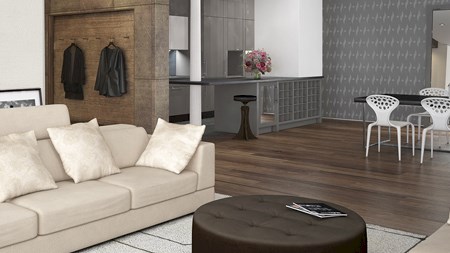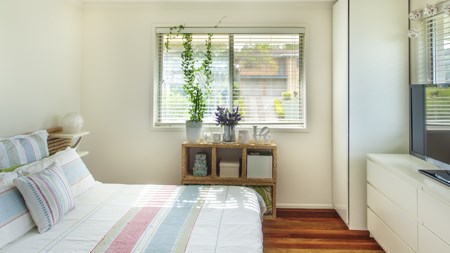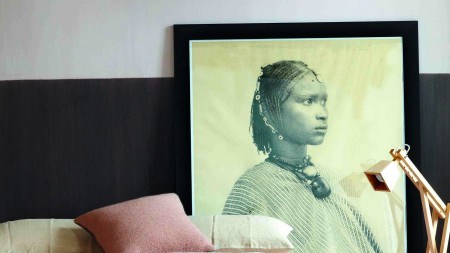The only constant in life is change. As is the case with all things in life, the world of design is also fluid and change is constant. Dave Nemeth, head of trend forecasting and consultancy company Trend Forward recently unpacked some of the current and upcoming trends unfolding in the design and interior space.
Dapper:
‘Dapper’ is a key word to watch out for says Nemeth. Within the context of interiors, he says dapper alludes to a classic, modern look which “emphasizes detail within the finer elements yet is devoid of ostentatious ornamentation.” Dapper themes are increasingly coming to the fore in hotels and homes and can be achieved through the use of classic furniture, layered curtains, wood paneling, reclaimed timbers, marble and other high quality materials.
Typography:
According to Nemeth, typography is increasingly being used as a design element in interiors. He points out that people can tell the difference between “bad” and “good” fonts and that using the correct font to suit the context is crucial.
Window dressing:
Blinds are increasingly trumping curtains says Nemeth. Simplified roller, electronic and Venetian type blinds are all very much in vogue and will probably remain so for some time to come he reckons.
Refined industrial:
First there was industrial, now there’s refined industrial. According to Nemeth, refined industrial refers to a softer, refined version of the industrial look which took the world by storm a few years ago. He says concrete will continue to play a big role going forward but it will potentially be used to a lesser degree, particularly where large floors are concerned. Additional refined industrial elements to look out for include sophisticated copper fixtures such as lamps. Natural materials and marble will also play a role. This style is increasingly being used to great effect in restaurants, offices and in loft-style apartments.
Mix and match:
While the eclectic look has always been around, Nemeth says this theme is maturing and becoming more cohesive in keeping with a move towards a more unique, individual look. Mixed pieces of crockery and tiles, assorted prints and collages, mismatched chairs, concrete juxtaposed against wood – these are just some of the elements which have already made an appearance in local restaurants and which should begin to emerge more broadly.
Origami:
As is the case with so many trends, the origami influence stems from the art world says Nemeth. Origami style tiles, wooden origami fabric, scored, faceted furniture and meeting rooms which can be folded and unfolded are just a few of the ‘products’ of the origami trend.
‘Authentic’ furniture:
Demand for hand-made, eco-friendly pieces galvanized Gavin Munroe, a UK based artist and designer to create furniture made from living trees. Such pieces represent a yearning for ‘authentic’, unique pieces which cannot just be bought from a shop.
Copper:
Copper is one of the most important materials to look out for in 2016 says Nemeth. Designers across the board have warmed to its tactile qualities and it has already made its way into several important design and fashion collections. It is also making waves in the architectural world as evidenced by its use in Poland’s ‘Museum of Fire’.
What’s next?
Going forward, Nemeth anticipates greater use of colour combinations such as brown, black and copper in interiors. Soothing white on white will also continue to feature and simplified, smaller spaces incorporating natural woods will probably come to the fore. 3D printing also has a major role to play in the design and interior space he says.
Another important development to look out for is the Internet of Things which will essentially connect everything
says Nemeth. Wireless furniture which charges devices and smart fridges which shop for you are already a reality. He adds that it won’t be long before our cars, furniture and other belongings will “talk” to each other too.





